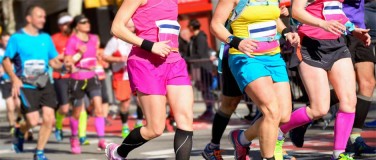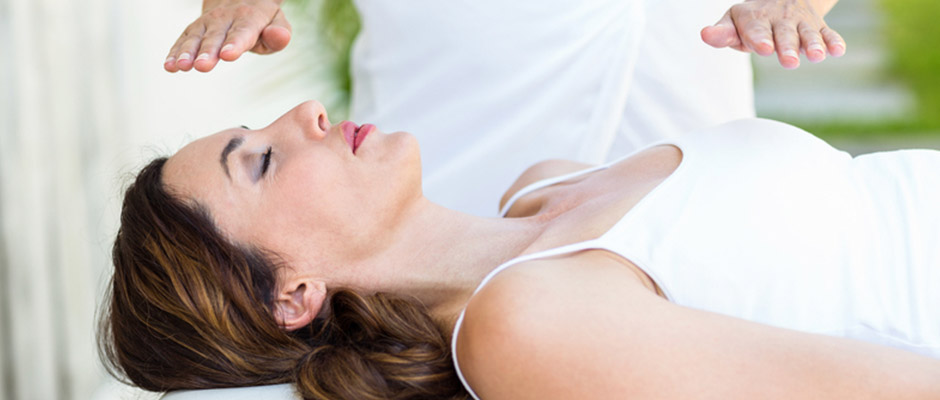
How effective is Reiki in mitigating chronic endometriosis symptoms? The answer may lie in one’s willingness to receive it. Although Reiki has a measurable frequency to heal, its power is rooted in the mind/body connection. And doctors are taking notice, incorporating the ancient energy work into patient care plans for those suffering from fibromyalgia, cancer, and depression.
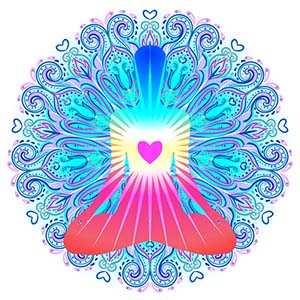 The Japanese healing technique of Reiki, practiced around the world, is believed to activate one’s energy field which can help facilitate physical and emotional repair. It subscribes to the belief that everyone has the ability to connect to their own healing energy to restore themselves to emotional well-being. Once restricted to private holistic practices, Reiki is gaining mainstream appeal. According to a UCLA study, more than 60 U.S. hospitals offer Reiki to patients, and Reiki education is available at 800 hospitals.
The Japanese healing technique of Reiki, practiced around the world, is believed to activate one’s energy field which can help facilitate physical and emotional repair. It subscribes to the belief that everyone has the ability to connect to their own healing energy to restore themselves to emotional well-being. Once restricted to private holistic practices, Reiki is gaining mainstream appeal. According to a UCLA study, more than 60 U.S. hospitals offer Reiki to patients, and Reiki education is available at 800 hospitals.
What happens in a Reiki session is not as transparent as other holistic treatments such as acupuncture. To demystify a first session, here’s what to expect: a patient lies fully clothed on a massage table and closes their eyes as a trained practitioner scans their body either by touch or hovering over the body to read their vibrations. According to Los Angeles based Reiki master Heidi Leise Edsall, there is a misconception that energy is passed from the healer to patient. With Reiki, everyone’s body has its own innate wisdom to guide itself. “Your body can facilitate its own healing. Reiki is working with your body energy to activate its own healing capabilities,” she explains.
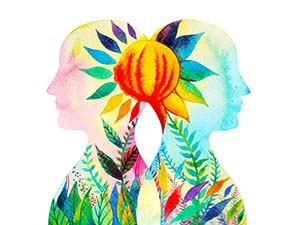 Sometimes referred to as psychic surgery, a practitioner is amplifying one’s energy to receive a reading, then clearing negative blocks away. For gynecological issues or scar tissue, Edsall says, “I will feel a density or blockage or a mass. For endometriosis patients, this blockage will occur in the second chakra which corresponds to creativity, our creative reproductive center, and sexuality.”
Sometimes referred to as psychic surgery, a practitioner is amplifying one’s energy to receive a reading, then clearing negative blocks away. For gynecological issues or scar tissue, Edsall says, “I will feel a density or blockage or a mass. For endometriosis patients, this blockage will occur in the second chakra which corresponds to creativity, our creative reproductive center, and sexuality.”
Edsall points out that in Reiki, the physical and emotional are intrinsically intertwined. “If we are going to address the physical, there’s going to be emotional feedback. You will experience a shift in your pain and receive physical comfort, but there’s going to be an emotional conversation as well, if not directly with you, then with your body.”
So, how do these latent emotions correspond to physical pain, and is it the receiver’s responsibility to address them in order for Reiki to be effective? Jessica Brodkin, who turned to Reiki for her own personal care before becoming a practitioner, says not necessarily. “As someone who myself has had chronic issues, I believe in recognizing these moments as an opportunity to learn and grow. I think most people are on board with the mind/body connection. It’s my job to help and guide them in whatever framework they come in with.”
While there are no known statistics on the number of endo patients who invest in Reiki healing, there are several active advocates of its potential to move energy and alleviate pain. Illustrator and Stage 1V endo warrior Sarah Gay-O’Neill whose condition went undiagnosed for 21 years, attributes one happenstance Reiki visit to her finally receiving the care that she needed:
“I was having pretty intense cramps, but nothing ‘out of the normal’ for me; I thought maybe a massage and Reiki would be nice and maybe help. Thirty minutes after my session, I suddenly got very sick, my first-ever extreme pain episode. After spending an evening in the hospital, I was encouraged to see my gynecologist to explore endometriosis…. I am convinced that because of my experience with Reiki, I finally fell into a path of care that got me to doctors who took my situation seriously. I am so grateful for my experience with Reiki and how it led me to help,” she says.
Similar to acupuncture, patients can experience an immediate decrease in pain, but for chronic illnesses, weekly or bi-monthly sessions are recommended. While the average cost for one session is $150 and upwards, there are several ways to access cost-effective treatments. Brodkin suggests looking into group sessions at community and spiritual centers in one’s area. For example, Maha Rose Center for Healing in Brooklyn, NY, offers weekly donation-based community Reiki healings and San Diego’s Sojourn Healing Collective’s calendar includes affordable mini healings at $30 for a 20-minute session.
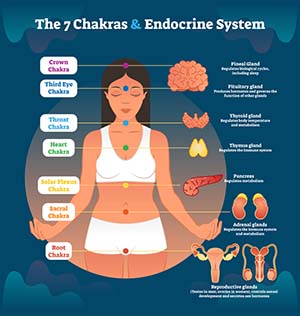 Reiki’s potential to alleviate pain has inspired some endo suffers to become practitioners to treat themselves. Nurse and endo activist Florence Well uses it on herself to deepen her own healing experience. “Reiki provides a calm healing that is gentle and quite immediate. I have gone from 8/10 pain to 2/10 pain with no analgesics, just from Reiki,” she explains.
Reiki’s potential to alleviate pain has inspired some endo suffers to become practitioners to treat themselves. Nurse and endo activist Florence Well uses it on herself to deepen her own healing experience. “Reiki provides a calm healing that is gentle and quite immediate. I have gone from 8/10 pain to 2/10 pain with no analgesics, just from Reiki,” she explains.
Tapping into emotions and clearing pain energetically may not resonate with everyone but with 1.2 million Americans trying Reiki at least once, this gentle alternative to reducing pain associated with a chronic illness is worth considering. At the very least, a Reiki practitioner will validate your symptoms, help you to relax, and advocate self-care.
“It’s hard to tell people what to expect; everyone’s experience is different,” Edsall admits. “But I can be confident in pain relief. I, too, do Reiki on myself for painful cramps, and it always helps.”
Editor's note: Are you interested in throwing your own endometriosis-focused Reiki fundraiser? Our Everyday Hero platform makes it easy.




